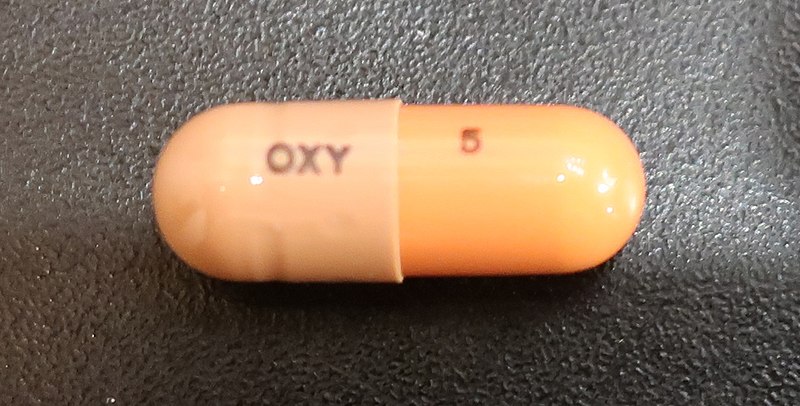The Supreme Court on Monday was set to hear arguments about OxyContin maker Purdue Pharma’s dollar bankruptcy settlement with several states.
The deal as agreed to would ultimately offer the Sackler family, which formerly controlled Purdue, broad protection from OxyContin-related civil claims, immunizing the Sackler family from opioid-related lawsuits.
Until recently, the Sackler family controlled Purdue Pharma. The family members received roughly $11 billion from the company before it filed for bankruptcy.
At issue before the Supreme Court is whether the bankruptcy court had the authority to release Sackler family members from the opioid victims’ claims.
None of the individual Sacklers has fild for bankruptcy him- or herself.
Lower courts have issued conflicting decisions in the case, which has implications for other major product liability lawsuits settled through bankruptcy.
In August, with no dissenting votes, the Supreme Court blocked an appeals court decision to allow the bankruptcy settlement, which would have given the Sacklers complete immunity from liability in any future cases in exchange for $6 billion to settle currently pending opioid-related claims.
The U.S. Bankruptcy Trustee, an arm of the Justice Department, contends that the bankruptcy law does not permit protecting the Sackler family from being sued by people who are not part of the settlement.
The Biden Administration had called the terms of the bankruptcy reorganization deal for the OxyContin manufacturer “unprecedented.” During the Trump Administration, the government supported the settlement.
A lawyer for a victim who opposes the settlement calls the provision that protects the Sacklers “special protection for billionaires.”
However, lawyers for more than 60,000 victims who support the $6 billion settlement call it a “watershed moment in the opioid crisis,” though at the same time they recognize that “no amount of money could fully compensate” the victims of the powerful opioid.
OxyContin hit the market in 1996, and Purdue Pharma drove its popularity through an aggressive marketing scheme that pushed doctors to prescribe the painkillers while downplaying its addiction risks.
Between 1999 and 2020, the height of the opioid epidemic, roughly one million Americans died from opioid overdoses, according to the CDC.
A decision in Harrington v Purdue Pharma is expected by early summer 2024.
PHOTO: Oxycodone, aka “Oxycontin,” in 2021
Read more exclusive news from Political IQ.


